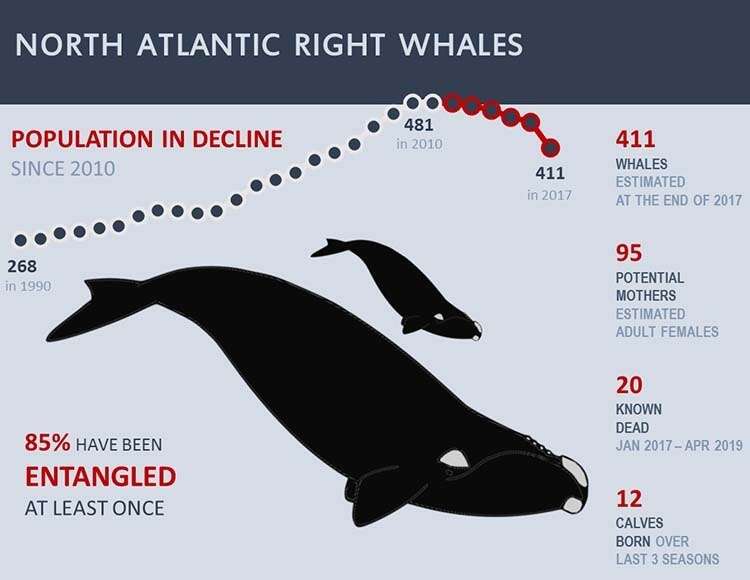
Processing Your Payment
Please do not leave this page until complete. This can take a few moments.
- News
-
Editions
-
- Lists
-
Viewpoints
-
Our Events
-
Event Info
- Business Leaders of the Year Reception 2025
- Women's Leadership Forum 2025
- On the Road with Mainebiz in Bethel
- Health Care Forum 2025
- On The Road with Mainebiz in Greenville
- On The Road with Mainebiz in Waterville
- Small Business Forum 2025
- Outstanding Women in Business Reception 2025
- On The Road with Mainebiz in Bath
- 60 Ideas in 60 Minutes Portland 2025
- 40 Under 40 Awards Reception 2025
- On The Road with Mainebiz in Lewiston / Auburn
- 60 Ideas in 60 Minutes Bangor 2025
Award Honorees
- 2025 Business Leaders of the Year
- 2024 Women to Watch Honorees
- 2024 Business Leaders of the Year
- 2023 NextUp: 40 Under 40 Honorees
- 2023 Women to Watch Honorees
- 2023 Business Leaders of the Year
- 2022 NextUp: 40 Under 40 Honorees
- 2022 Women to Watch Honorees
- 2022 Business Leaders of the Year
-
-
Calendar
-
Biz Marketplace
- News
- Editions
- Lists
- Viewpoints
-
Our Events
Event Info
- View all Events
- Business Leaders of the Year Reception 2025
- Women's Leadership Forum 2025
- On the Road with Mainebiz in Bethel
- Health Care Forum 2025
- On The Road with Mainebiz in Greenville
- + More
- On The Road with Mainebiz in Waterville
- Small Business Forum 2025
- Outstanding Women in Business Reception 2025
- On The Road with Mainebiz in Bath
- 60 Ideas in 60 Minutes Portland 2025
- 40 Under 40 Awards Reception 2025
- On The Road with Mainebiz in Lewiston / Auburn
- 60 Ideas in 60 Minutes Bangor 2025
- - Less
Award Honorees
- 2025 Business Leaders of the Year
- 2024 Women to Watch Honorees
- 2024 Business Leaders of the Year
- 2023 NextUp: 40 Under 40 Honorees
- 2023 Women to Watch Honorees
- 2023 Business Leaders of the Year
- + More
- 2022 NextUp: 40 Under 40 Honorees
- 2022 Women to Watch Honorees
- 2022 Business Leaders of the Year
- Nomination Forms
- Calendar
- Biz Marketplace
Lobster industry caught in crosshairs as regulators eye right whale protections
 Courtesy / National Marine Fisheries Service
New measures to protect endangered North Atlantic right whales could hurt Maine’s lucrative lobster fishery.
Courtesy / National Marine Fisheries Service
New measures to protect endangered North Atlantic right whales could hurt Maine’s lucrative lobster fishery.
The Atlantic Large Whale Take Reduction Team is meeting this week to develop additional measures to protect the endangered North Atlantic right whale.
The focus of the three-day meeting, held April 23-26 in Providence, R.I., is on reducing injury and mortality caused by entanglements in lobster trap gear.
The federally convened team consists of approximately 60 fishermen, scientists, conservationists, and state and federal officials. The group will advise the National Marine Fisheries Service, which is the federal body that would enact any regulations.
Although there was steady population growth from about 270 right whales in 1990 to about 480 in 2010, a downward trajectory began after that. The downward trend was exacerbated by an unprecedented 17 deaths, particularly in the Gulf of St. Lawrence snow crab fishery, in 2017.
That brought a new urgency to modify the existing Atlantic Large Whale Take Reduction Plan. The plan has been in place since 1997. Over the past two decades, it has implemented a number of measures designed to reduce entanglements. Those measures have included fishing closures based on sightings of right whales in certain areas, the development of a new type of “groundline” (rope that connects traps on the ocean bottom) that stays on the bottom rather than floats upward, and reductions of the number of “vertical lines” (rope that connects a trap or a string of traps to an identifying buoy on the water’s surface).

Weak links
New proposals that have been in discussion over the past year include new gear-marking strategies that would identify the origin of gear that’s found on an entangled whale. Seasonal area closures are also under consideration, as is the use of “weak links” in the vertical lines; the idea behind weak links is to allow an entangled whale to break the rope and swim free.
The National Marine Fisheries Service estimates that U.S. fisheries are responsible for 2.5 to 2.6 observed serious injuries and deaths each year. Scientists estimate that only 60% of serious injuries and deaths are observed, which would bring the U.S. total to about 4.3. Based on the right whale’s current population, the service says serious injuries and deaths must be reduced by 60-80%.
The service is expected to move into rule-making upon the meeting’s adjournment.
Earlier this month, Department of Marine Resources Commissioner Patrick Keliher canceled a series of three lobster industry meetings that were originally designed to gather information from the industry to inform state-specific plans for the Take Reduction Team to consider during its April 23-26 meetings.
In a letter to the industry, Keliher said he canceled the meetings because the National Marine Fisheries Service was “unclear about the setting of a risk reduction target while introducing new methodologies and analyses that have the potential to significantly impact” regulatory discussions and any Maine-specific plans.
He continued, “This is very alarming given the short timeline before the upcoming meetings and the potential for these last-minute analyses to propose modifications to the industry which could result in large-scale changes.”
The state of Maine, he wrote, was willing to engage with regulators to find solutions that protect North Atlantic right whales, “but not in ways that would cause serious economic harm to the industry and the state.”










0 Comments